Thank you for helping animals like Flame
News
You’re on the ground helping animals caught up in the Australian bushfire crisis. Thank you!
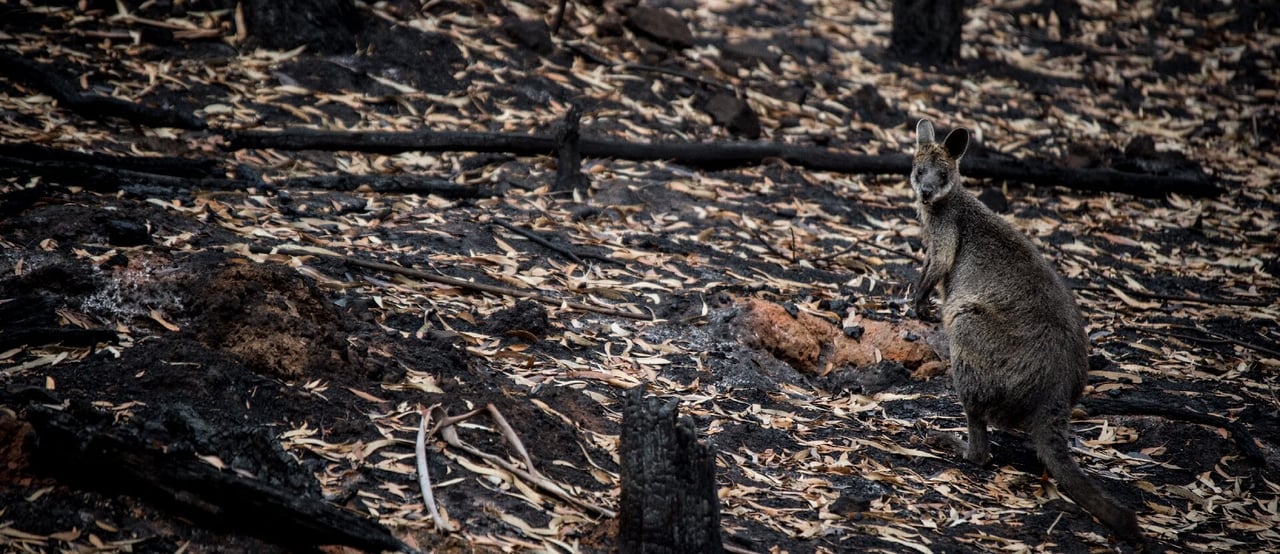
Image credit: Jo-Anne McArthur / We Animals Media
The Australian bushfires in 2019-20 impacted the lives of over three billion animals by either killing, severely injuring, or displacing them.
It was a heartbreaking year for Australia as more than 15,000 fires blazed across the country, claiming countless lives as they burned through 19 million hectares of land.
But because of you, we were able to care for animals and provide long-term preparedness for communities affected by this unforgettable tragedy while also influencing policy changes to protect our wildlife.
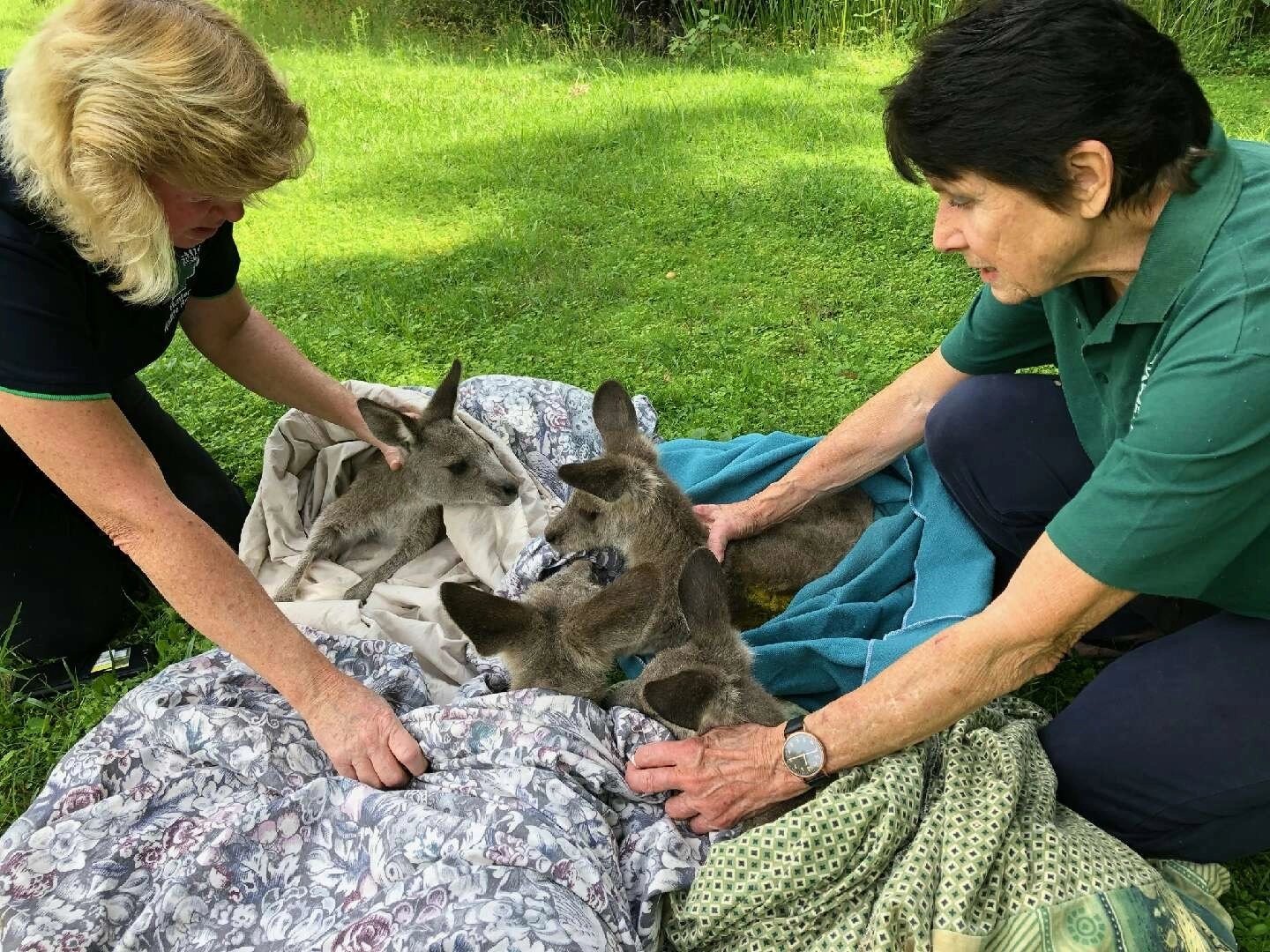
Image credit: Hunter Wildlife Rescue
The expertise of our colleagues from the Animals in Disasters team enabled our response strategy to direct funding and efforts to activities to help animals affected by the bushfires at the time and during future bushfire events.
They also worked with a local university to search for surviving animals using infrared-thermal drone imagery.
While the team did not locate any injured survivors, they were heartened to hear bird songs and insect sounds, which provided hope that some wildlife in the areas had sufficient time to escape before the fires came through.
Approximately 8,806 wild animals benefited from the funding in the immediate aftermath of the bushfires, followed by thousands more benefitting from ongoing treatment, rehabilitation and feeding facilities during that time.
With your help, World Animal Protection’s Australian Bushfires project supported ten wildlife rescue groups through the provision of medicines, equipment, technical advice, the establishment of feed stations in burnt out areas to provide nourishment for surviving wildlife, and ongoing veterinary care. The animals benefitting from the funding included kangaroos, wallabies, wombats, possums, gliders, echidnas, lizards, bats and birds.

One of the groups, Hunter Wildlife Rescue, was able to buy a shipping container and had it fitted out as a hospital holding area for injured animals. They were also able to stock their wildlife food bank for six months.
We are so grateful. We have over 654 animals in care ranging from small possums and lizards to large kangaroos, flying foxes, koalas, wombats, birds and many reptiles.
News
You’re on the ground helping animals caught up in the Australian bushfire crisis. Thank you!
News
Thanks to you, our work to support the long-term recovery from the devastating bushfires continues. 10 wildlife groups were supported following the bushfires earlier this year.
News
UPDATE: Here’s a little “possummary” of how you’re still helping Aussie animals following the devastating bushfires.
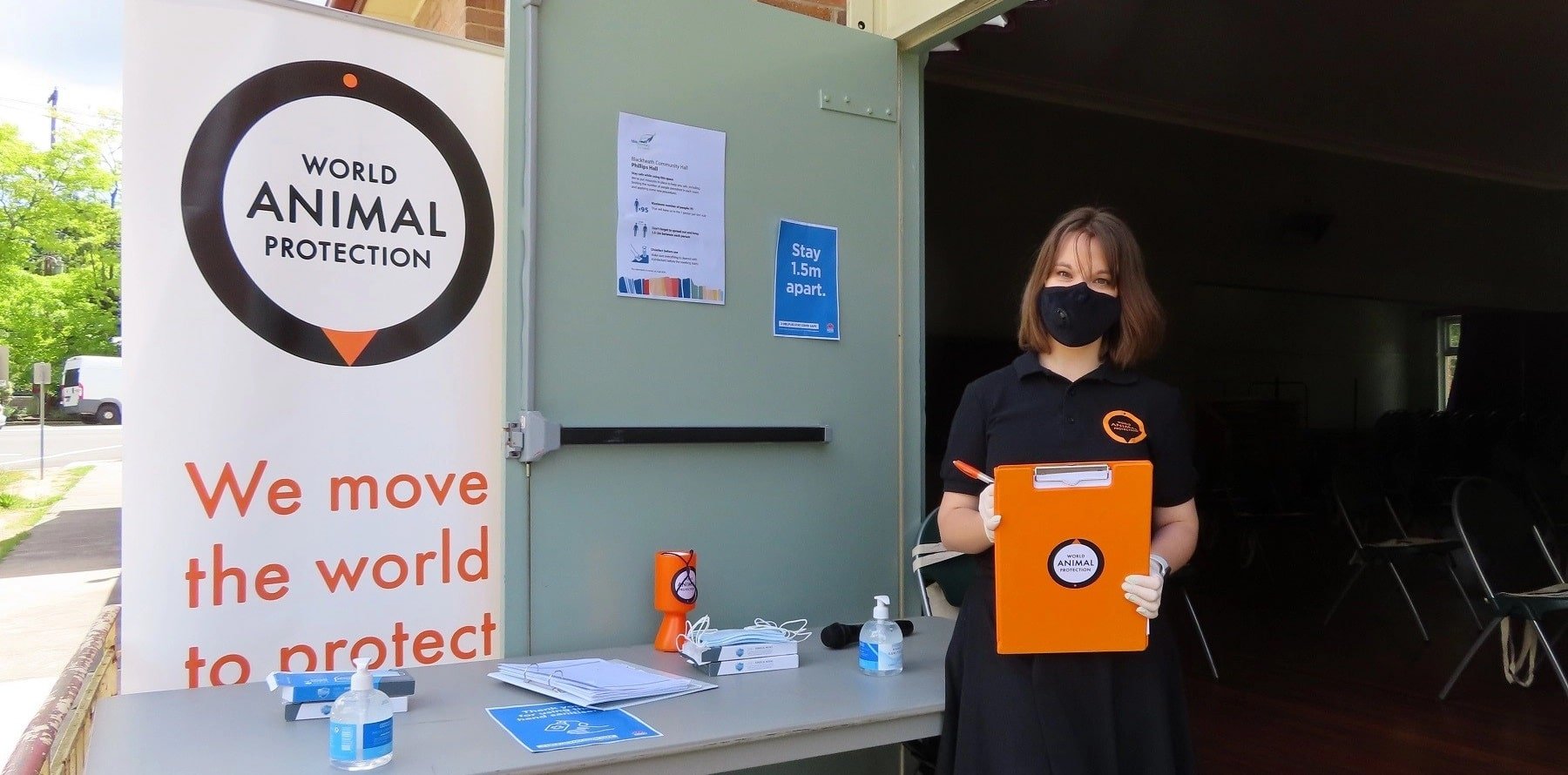
Through our expertise, networks and funding, you supported initiatives to build the animal emergency planning capacity of veterinary professionals and wildlife groups.
You helped facilitate the delivery of programs for communities, 18 vet nurses and veterinarians in at-risk areas to increase knowledge, and the preparedness and collaboration to protect and care for animals in future fire seasons.
The aim of the course was to improve the knowledge and skills of vet in wildlife triage, first aid, and treatment and care. At the end of the program, the Vet Wildlife Training students were invited to join the Vets Beyond Borders volunteer program to be deployed into communities in future emergencies to provide quality animal care.
You also helped us partner with the Byron Bay Wildlife Hospital (BBWH) to fund and roll-out Australia’s largest mobile wildlife hospital. Because of you, we were able to support a ground-breaking research project into the efficiency of using sprinklers to mitigate heat stress to flying foxes.
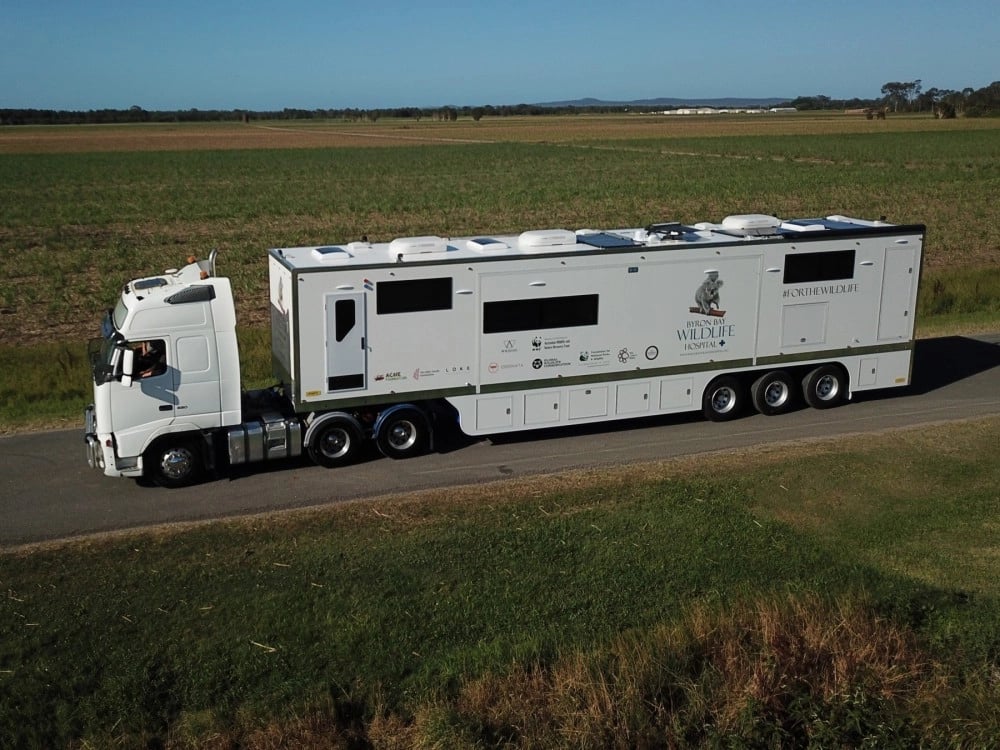
Over 72,000 grey-headed flying foxes were estimated to have died in extreme heat events during the summer of 2019/2020, which is why the project team installed 36 sprinkler systems and 1,860 metres of piping to the tops of trees where the flying foxes roost. The researchers continued to monitor the flying foxes over the summer of 2022.
You also supported Odonata, a non-profit organisation, to develop a business case to support the short and long-term care of wildlife in southern Australia. The business case has enabled Odonata to develop a three-year plan to design, deliver and evaluate a program to support Australian vets and wildlife carers.
Over the Black Summer, our wildlife suffered greatly, and every helping hand was needed. This course taught me how to give them the best chance of being treated and released into the wild again.

You helped organise ten free community events in collaboration with the local council, emergency animal management researchers, wildlife groups, veterinarians, NSW Local Land Services and NSW Department of Primary Industries.
The training was delivered to 40,000 people about practical ways to protect pets, farm animals and wildlife before, during and after a disaster. It was in collaboration with our partners at the Byron Bay Wildlife Hospital and government agencies. You also helped design and host webinars for community members who were unable to attend the community events.
Around 1,400 people across the Blue Mountains, Clarence Valley, Coffs Harbour, Lismore and Richmond Valley local government areas are better prepared for future emergencies because of you.
With your support, we were also able to develop two free resources, Protect Your Pet and Protect Australian Wildlife, in collaboration with stakeholders to help with community preparedness and resilience. These practical ‘how to’ resources were provided to nearly 7,000 World Animal Protector supporters, advocates and workshop participants in at-risk communities.
It has been awesome to be part of the Protecting Animals in Bushfires events. We were getting the right information to the right people, so they learn how to help wildlife, plan for their pets and farm animals, and where to get help in their community.
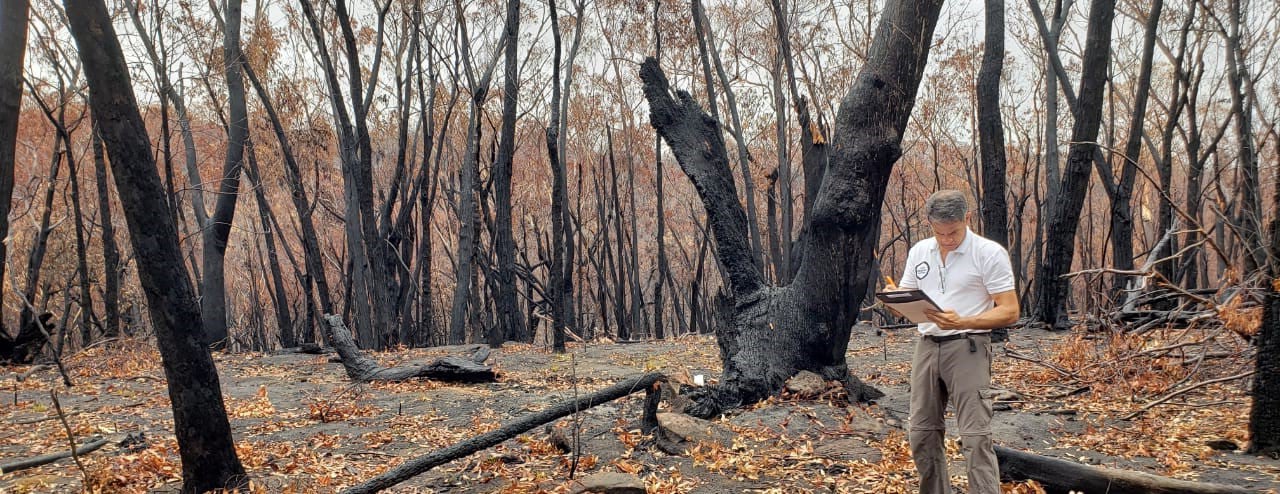
You helped us assess Australia’s policies and framework to identify areas where disaster risk reduction and preparedness can be improved at the state and federal levels.
Through your support, we received over 11,000 signatures for our submission to strengthen the Environment Protection and Biodiversity Conservation Act 1999 (EPBC Act) to the government of Australia.
We also submitted a petition to the Royal Commission into National Natural Disaster Arrangements to develop a nation responsive to disasters that includes all animals – which was subsequently reflected in the Royal Commission findings late in 2020.
Because of your support, we were able to commission Macquarie University to investigate and report on ‘Australia’s animal-related planning for, and response to, disasters’ which reviewed Australia’s existing disaster response framework, the gaps in animal emergency management and where planning must be improved to protect Australia’s unique animals. Insights from the report were used in our advocacy work with the government and informed the project’s capacity building and community engagement activities.
Together, we were able to be a glimmer of hope to animals and communities severely affected during the Black Summer. And with you by our side, we will continue our work towards restoring what was lost and ensuring the utmost safety of animals in case of such an occurrence.
Our pets, farm animals and wildlife are precious and deserve to be protected before, during and after disasters. We are extremely grateful for your wonderful support in delivering this project.
Natural emergencies can occur at any time, and without a plan you could make panicked decisions that threaten the safety of your pet, yourself and your family.
Disasters injure and kill millions of animals each year. For 55 years, we deployed to disaster zones to assist animals – and reminded governments to take responsibility for them too.
Give a gift that will bring positive change for millions of animals in desperate need. Every day, we rely on kind donations to fund our vital work.
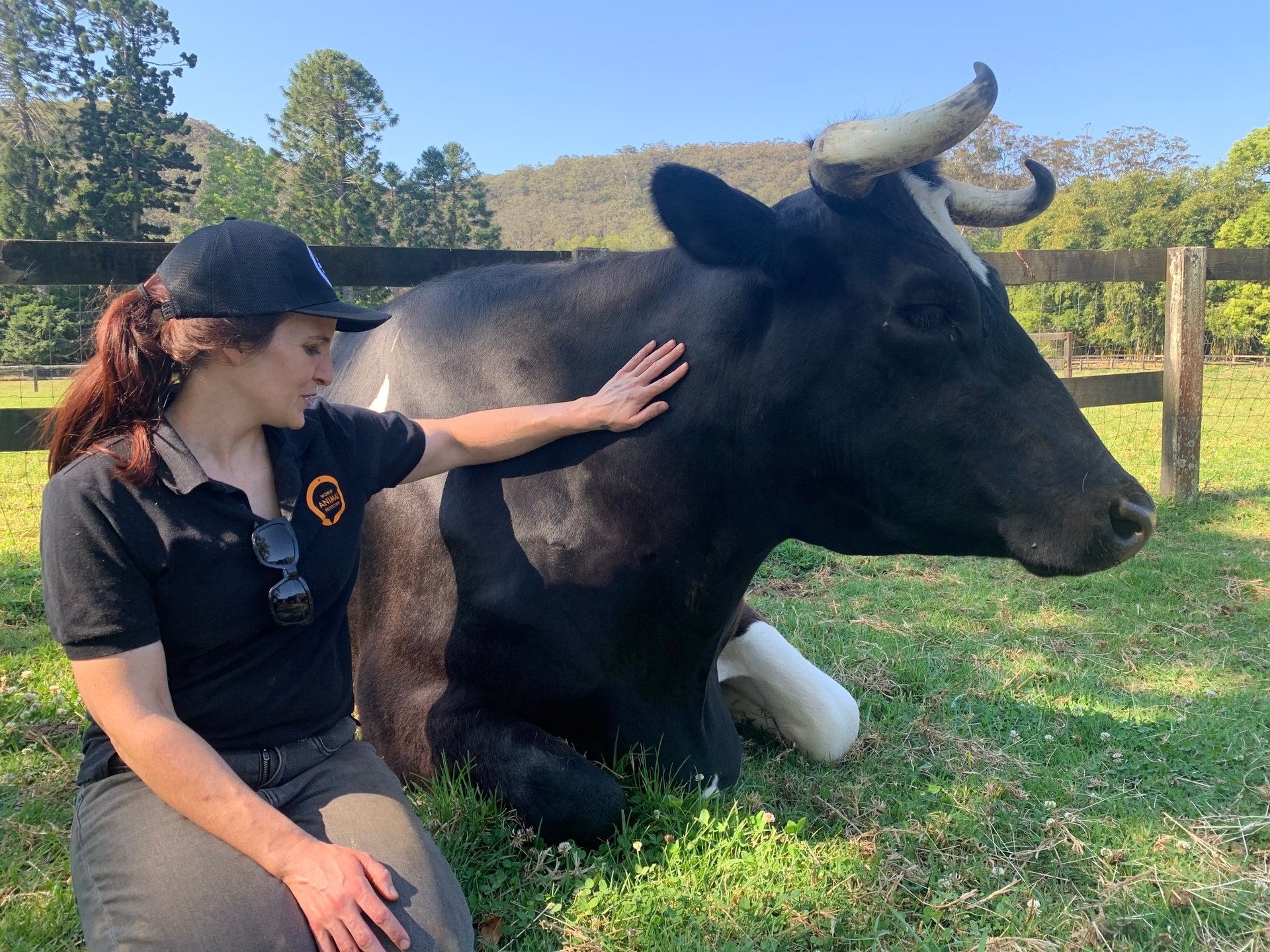
Join thousands of animal lovers fighting to protect wildlife and give farmed animals good lives. Sign up now to receive emails with all the ways you can help.
Sign up